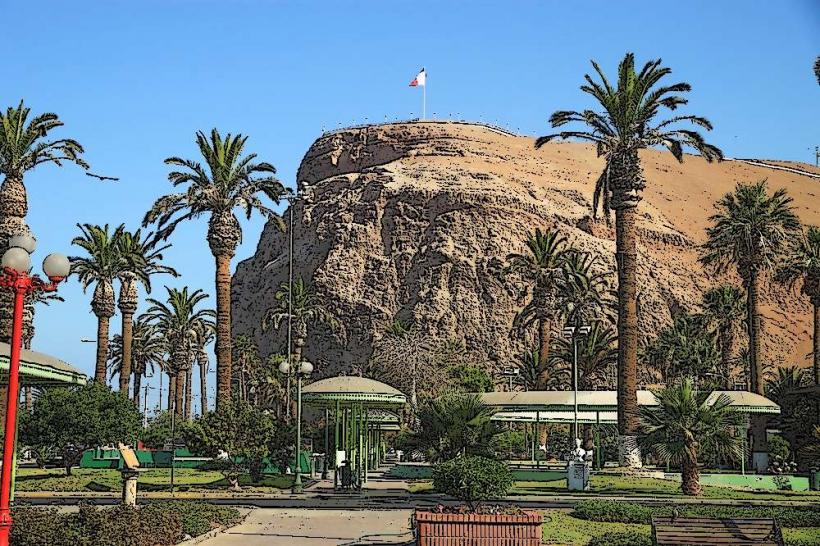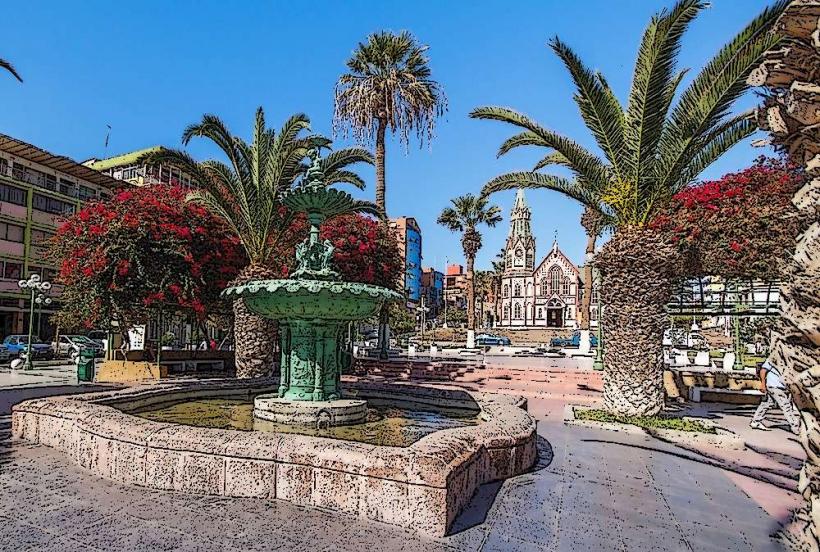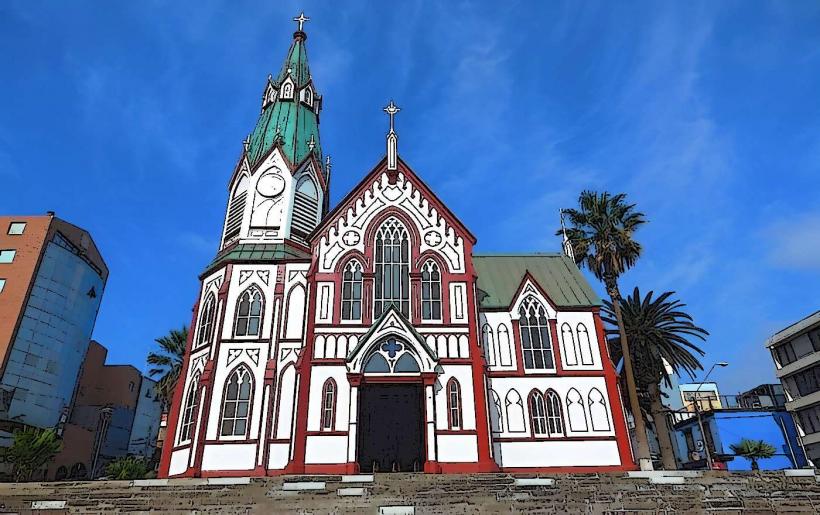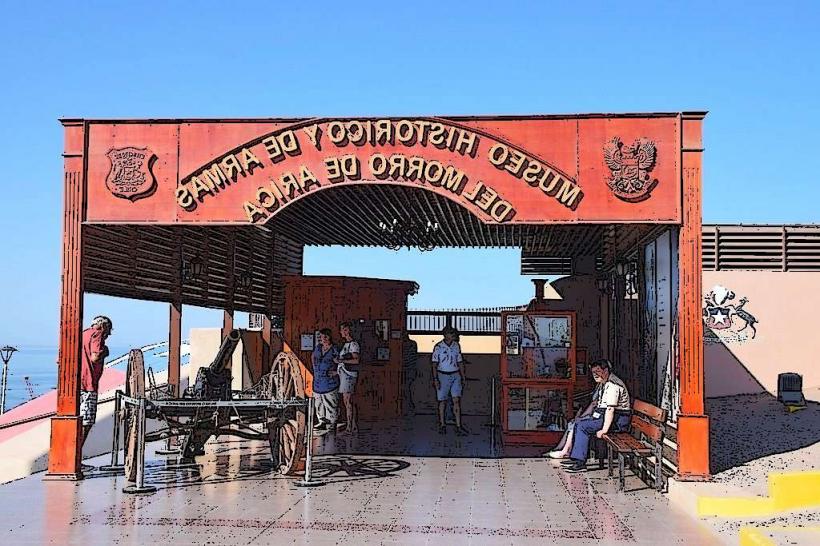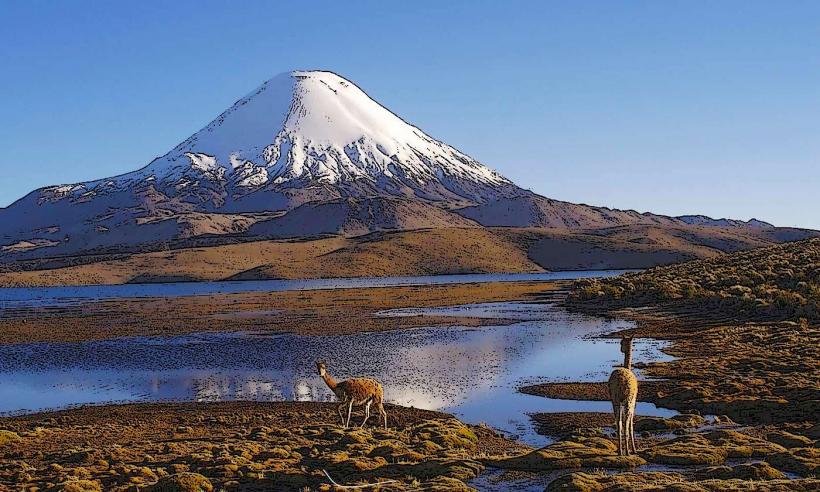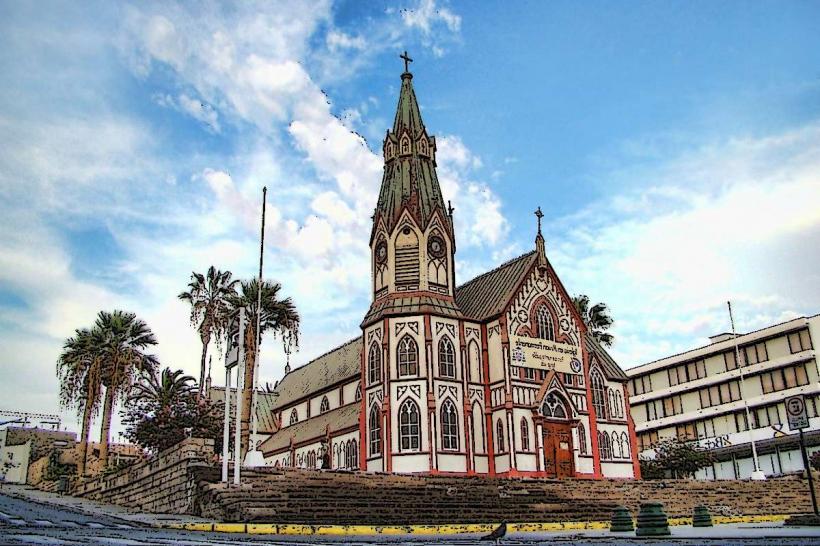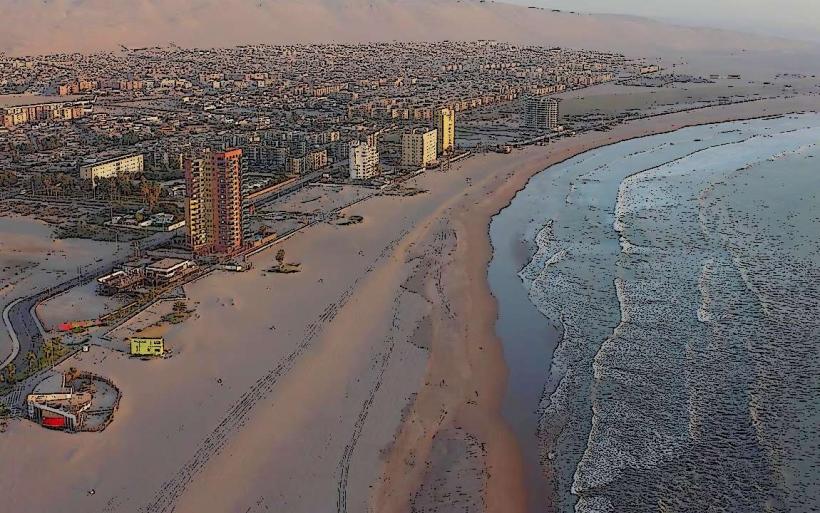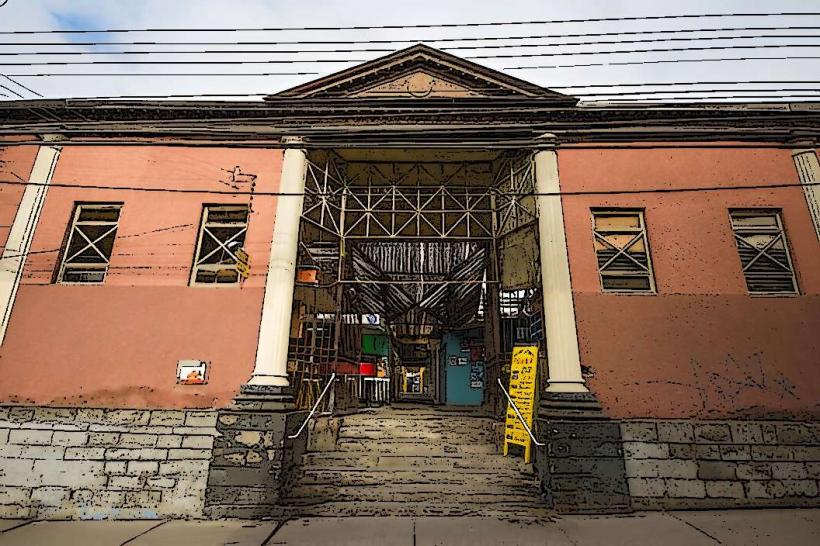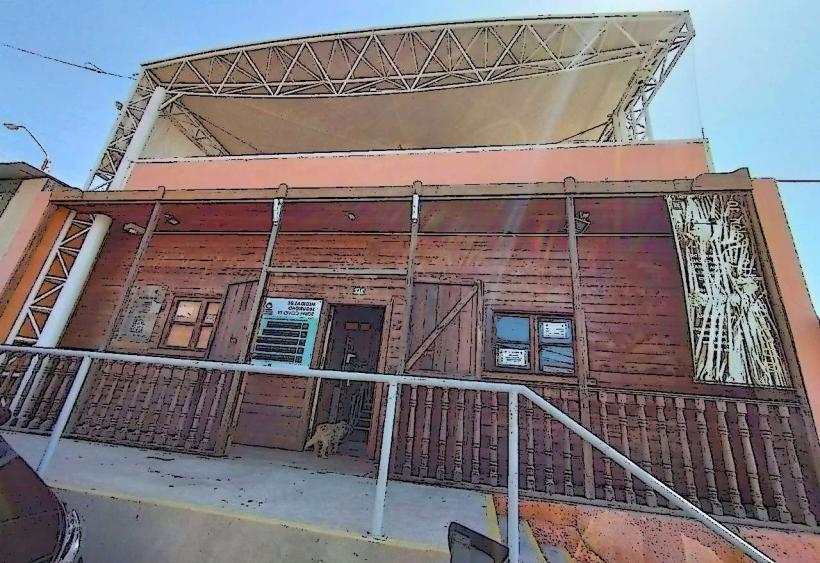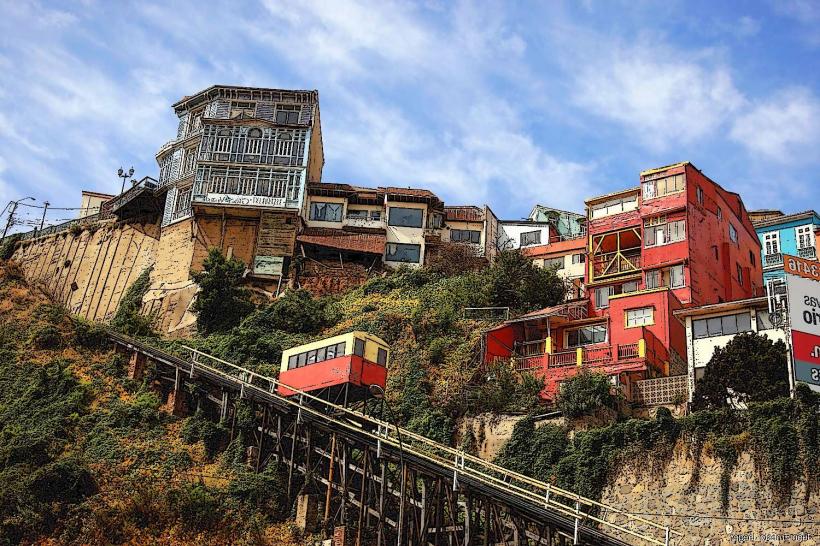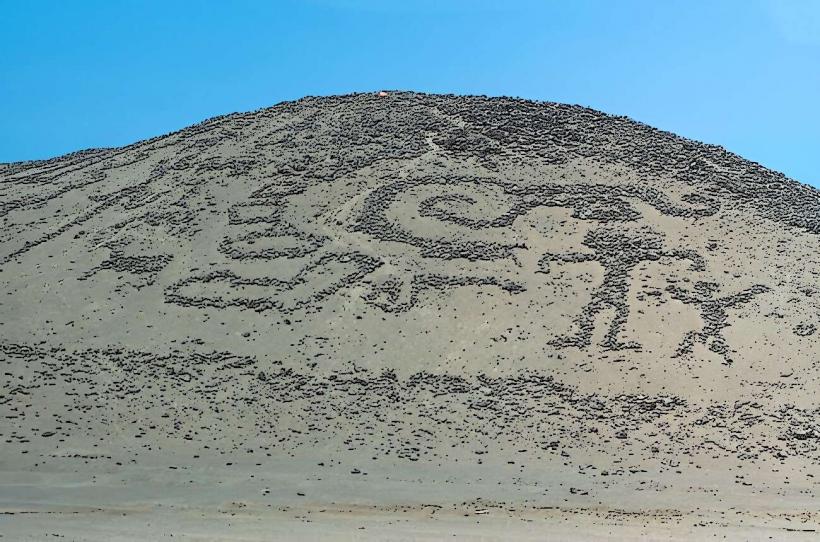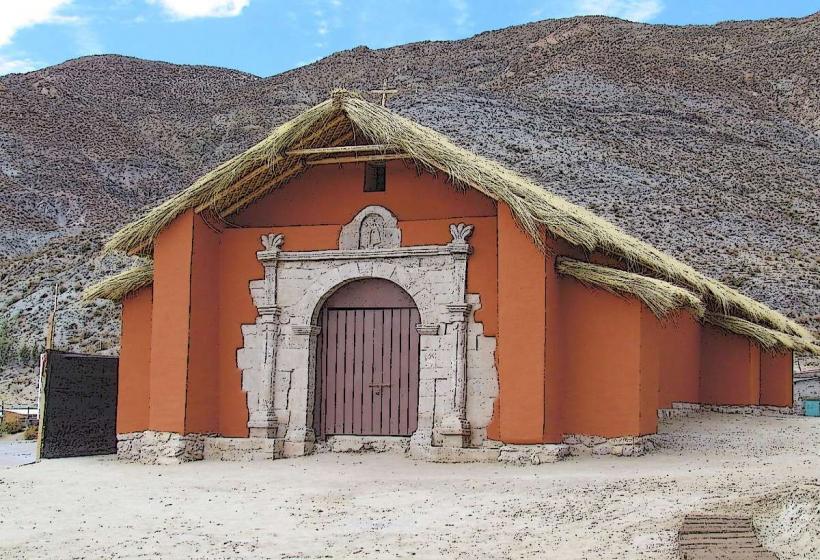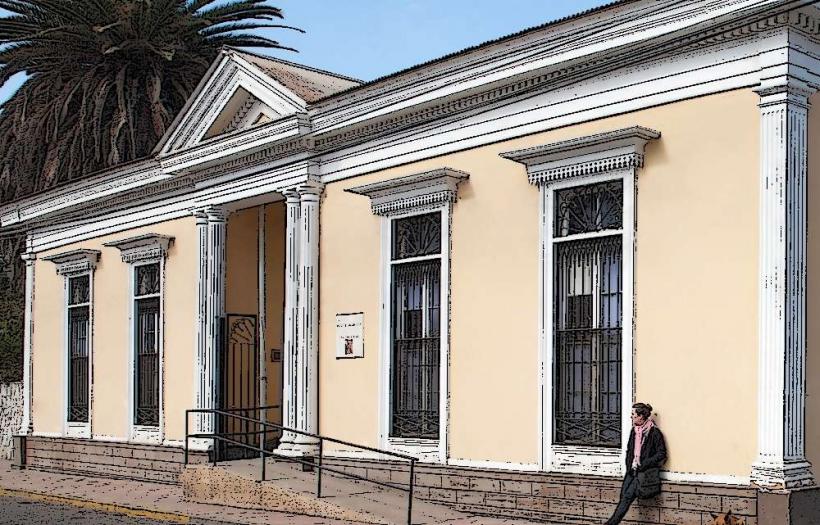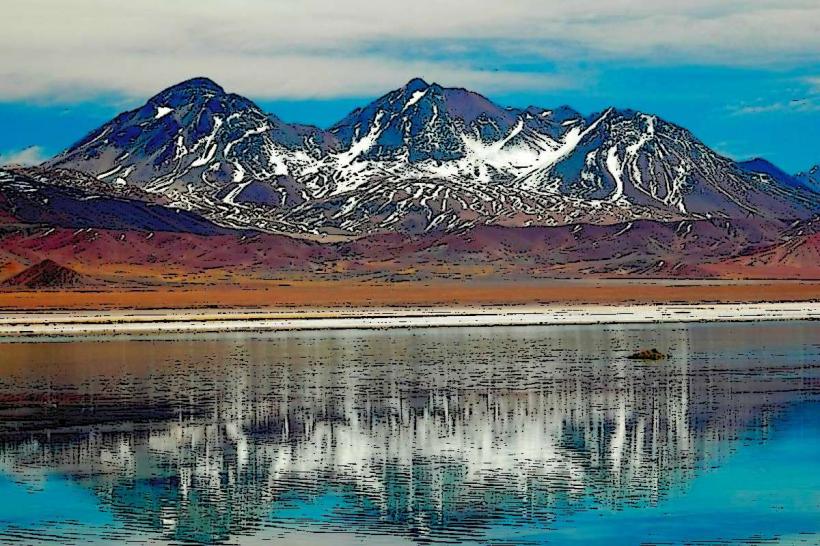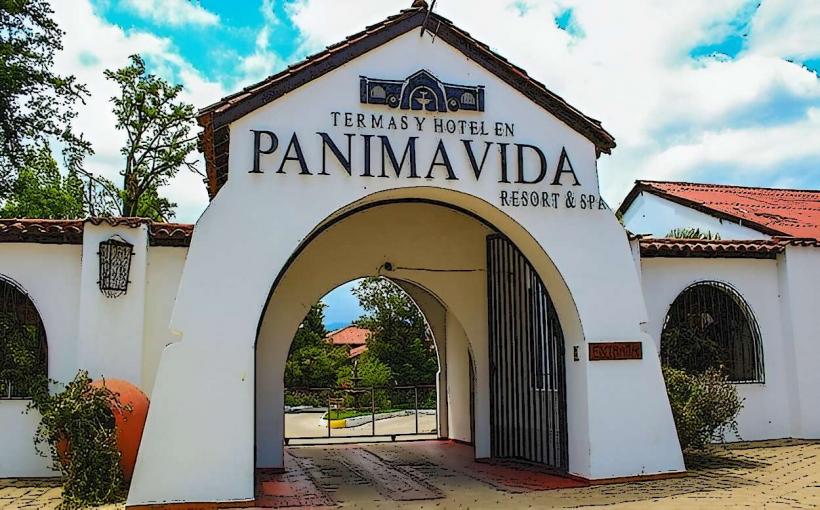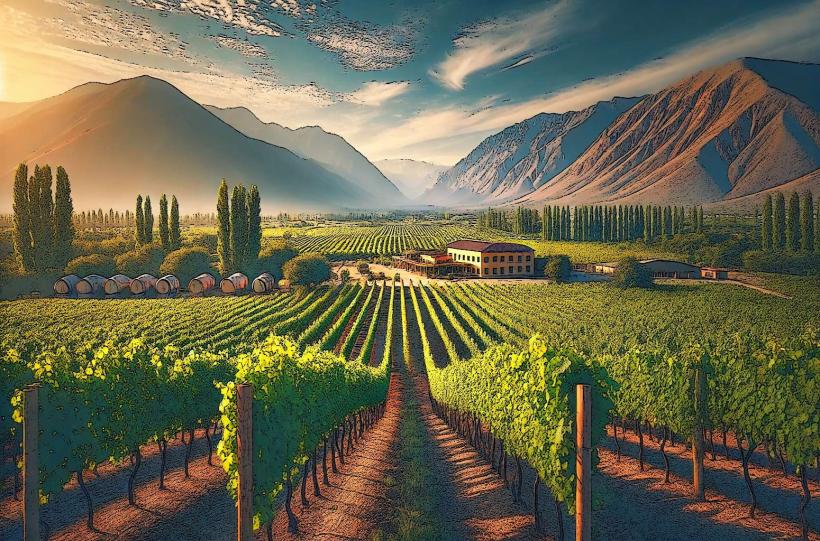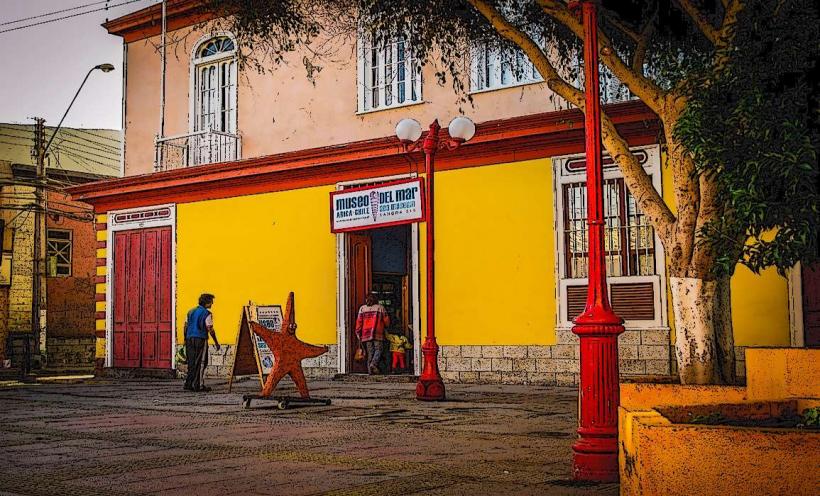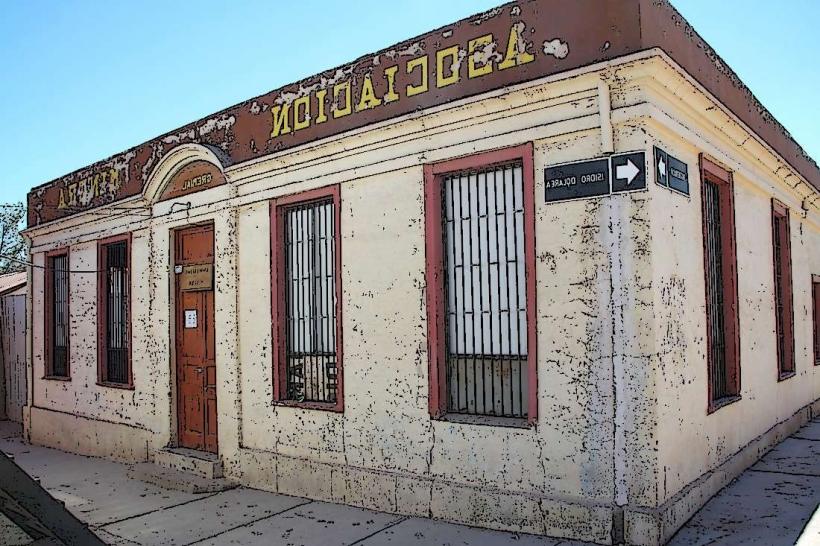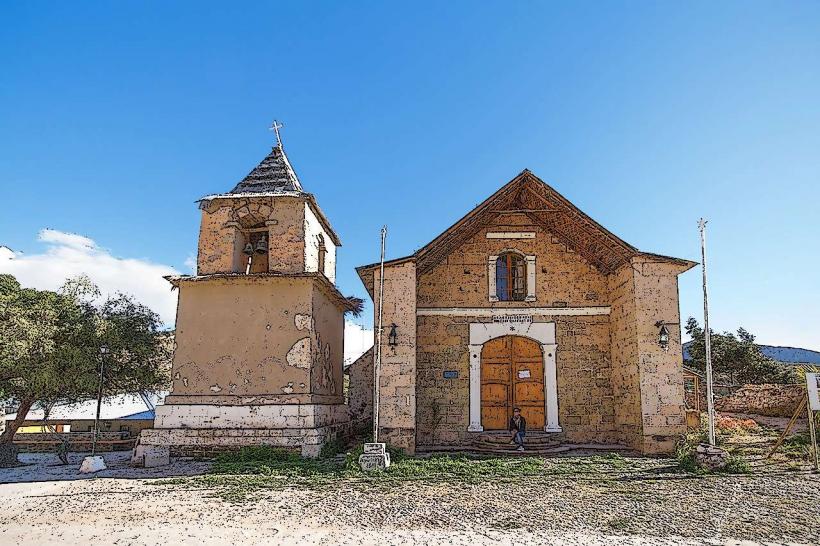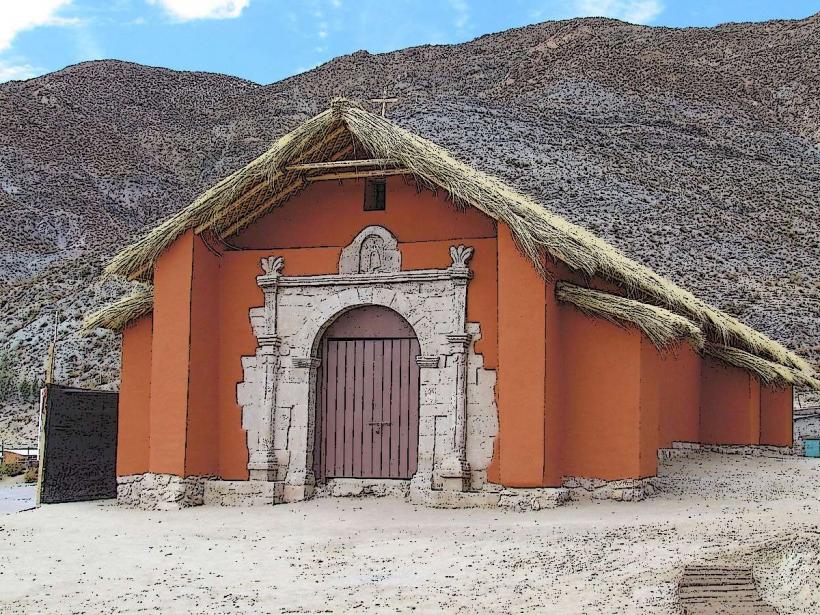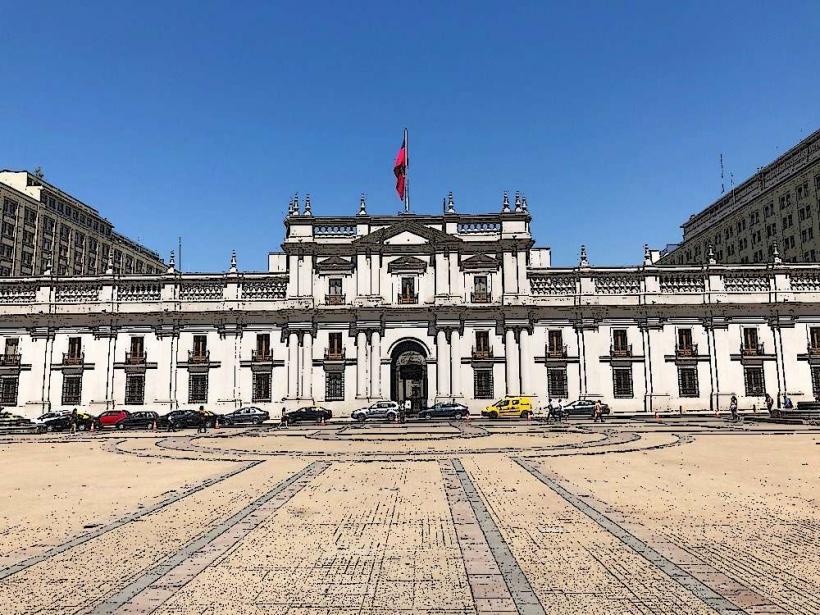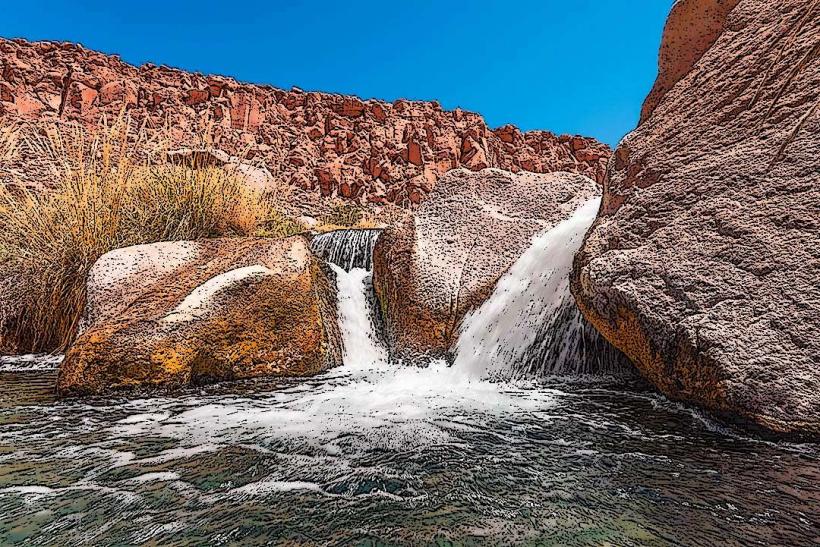Information
Landmark: Valle de CodpaCity: Arica
Country: Chile
Continent: South America
Valle de Codpa (Codpa Valley)
Valle de Codpa is a picturesque and historically significant valley located in the Arica and Parinacota Region of northern Chile, near the border with Peru and Bolivia. This valley, situated in the Andean foothills, is known for its stunning landscapes, rich agricultural production, and cultural heritage. It offers a unique blend of natural beauty and traditional rural life, making it a must-visit destination for travelers seeking both adventure and cultural immersion in northern Chile.
1. Geography and Natural Features
a) Location and Terrain
The Valle de Codpa lies in the eastern foothills of the Andes Mountains, approximately 70 kilometers (43 miles) southeast of Arica, the nearest major city. The valley is located at an altitude of around 1,500 meters (4,900 feet) above sea level, which provides it with a unique climate that supports agriculture in an otherwise arid region.
The valley itself is shaped by the Codpa River, which originates in the mountains and flows through the valley, providing water for irrigation and supporting local agriculture. The surrounding landscape is a mix of rugged hills, steep cliffs, and terraced fields, giving the area a striking beauty that draws visitors looking for an off-the-beaten-path experience.
b) Climate and Agriculture
The climate in Valle de Codpa is classified as semi-arid with hot summers and mild winters. The valley benefits from its microclimate, which is ideal for growing various crops despite the desert surroundings. The valley is renowned for its agriculture, particularly its grapevine cultivation, which produces high-quality grapes for wine-making and table grapes.
In addition to grapes, the valley also produces olives, citrus fruits, and a variety of vegetables, all of which thrive thanks to the fertile soil irrigated by the Codpa River.
2. Cultural Heritage
a) Indigenous Communities
Valle de Codpa is home to a significant indigenous Aymara community, who have lived in the region for centuries. The Aymara people have a deep connection with the land and practice agriculture and livestock farming in harmony with their environment. The valley's traditional agricultural techniques have been passed down through generations, and the Aymara continue to maintain their cultural practices, including crafts, music, and festivals.
The community’s influence is visible in the valley’s architecture, with traditional mud-brick houses, as well as in local customs, which blend Aymara traditions with Spanish colonial influences.
b) Historical Significance
Valle de Codpa has long been a key settlement area for the Aymara people, who have lived in the Andes for thousands of years. The region was historically important as a trade route connecting the highlands with the coastal regions of Chile and Bolivia. Evidence of pre-Columbian settlements, terraces, and petroglyphs can still be found in the valley, offering a glimpse into the ancient history of the region.
In more recent history, the valley became part of the larger cultural and political changes during the Spanish colonization and the War of the Pacific. However, it is the Aymara culture that continues to shape the identity of the valley today.
3. Attractions and Activities
a) Codpa River
The Codpa River is a central feature of the valley and provides the water needed for agriculture in the region. Visitors can enjoy activities like fishing, kayaking, or simply relaxing by the riverbanks. The river’s path through the valley offers picturesque views of the surrounding mountains, terraced fields, and cactus-covered hills.
b) Hiking and Nature Walks
The valley's rugged terrain is ideal for hiking and nature walks. There are several trails that lead through agricultural terraces, cactus forests, and small canyons. Hikers can explore the valley at their own pace, taking in the panoramic views of the mountains and valleys, while also learning about the unique ecosystems and flora of the region.
c) Valle de Codpa Lookout Points
Several lookout points around the valley offer breathtaking panoramic views of the surrounding landscape. These viewpoints provide excellent opportunities for photography and for appreciating the valley's beauty from above, with views of the river, terraces, and the Andean peaks in the distance.
d) Cultural Immersion
One of the most rewarding experiences in Valle de Codpa is interacting with the local Aymara community. Visitors can take part in guided tours of the valley, which include traditional farm visits, cooking workshops, and craft demonstrations. This is a chance to learn about the Aymara culture, their way of life, and their agricultural practices, including how they grow and harvest their crops.
e) Archaeological Sites
The valley is rich in archaeological sites, with remnants of pre-Columbian civilizations. Some of the most notable sites include terraces and ancient petroglyphs that reflect the region’s early human habitation. These ancient markers are scattered throughout the valley and provide a fascinating glimpse into the past.
4. Nearby Attractions
a) Putre
The nearby town of Putre, located about 50 kilometers (31 miles) to the east of Valle de Codpa, is a gateway for travelers exploring the Andean highlands. Putre is a small, charming town known for its Andean architecture, local markets, and proximity to Parque Nacional Lauca. It serves as an excellent base for exploring the region’s cultural and natural attractions.
b) Parque Nacional Lauca
As mentioned earlier, Parque Nacional Lauca is a nearby national park that is home to stunning landscapes, diverse wildlife, and Lago Chungara, one of the highest lakes in the world. The park is a prime destination for trekking, birdwatching, and stargazing, making it a perfect complement to a visit to Valle de Codpa.
5. Practical Information
a) How to Get There
Valle de Codpa is located about 70 kilometers (43 miles) southeast of Arica. The best way to reach the valley is by car, as public transportation is limited. The drive from Arica takes around 1.5 to 2 hours, and the road conditions are generally good. Visitors should ensure they are prepared for high-altitude driving, particularly in the summer months when the temperatures can be quite hot.
b) Best Time to Visit
The best time to visit Valle de Codpa is during the spring and summer months (from October to March), when the weather is more temperate, and the region is in full bloom. However, visitors should be aware of the potential for high temperatures during the day, especially in the summer. The valley is also a great destination for stargazing during clear nights.
c) Health and Safety
Given the valley’s high-altitude location, it is recommended that visitors take time to acclimatize to avoid altitude sickness. Additionally, travelers should bring plenty of water and sunscreen, as the region can be quite dry and sunny.
6. Conclusion
Valle de Codpa is a hidden gem in northern Chile, offering visitors an opportunity to explore a breathtakingly beautiful, culturally rich, and ecologically diverse landscape. From its striking agricultural terraces and ancient petroglyphs to its warm and welcoming indigenous Aymara community, Valle de Codpa is a place that offers a unique cultural and natural experience. Whether you're hiking through its stunning hills, learning about its indigenous traditions, or simply soaking in the incredible scenery, a visit to this remarkable valley is sure to leave a lasting impression.

